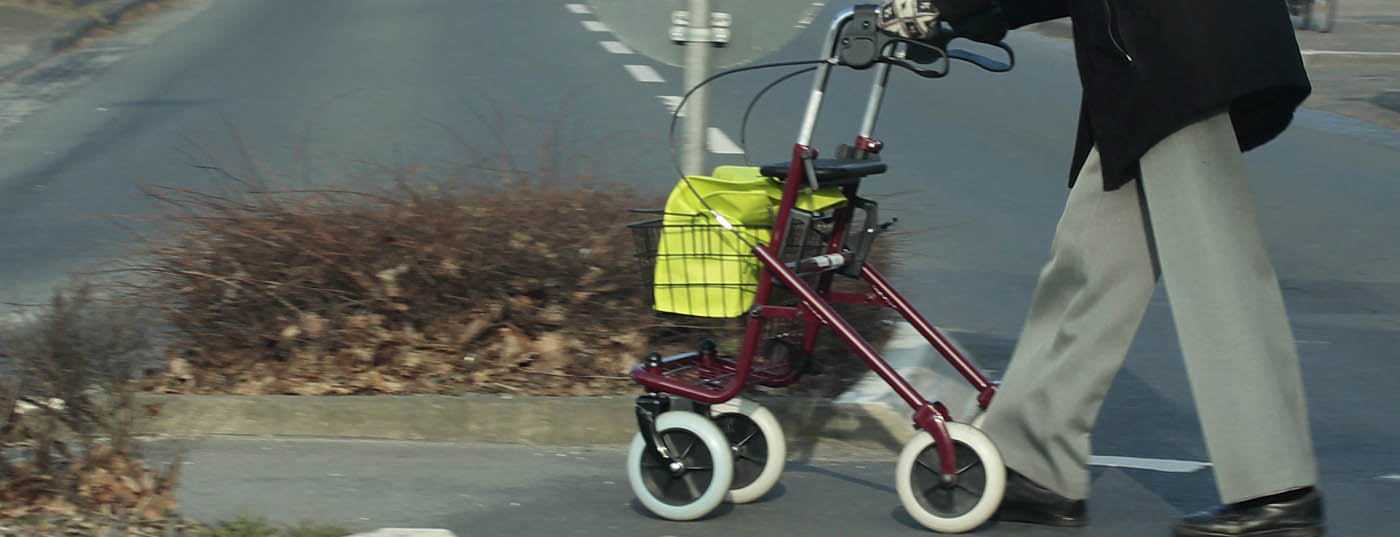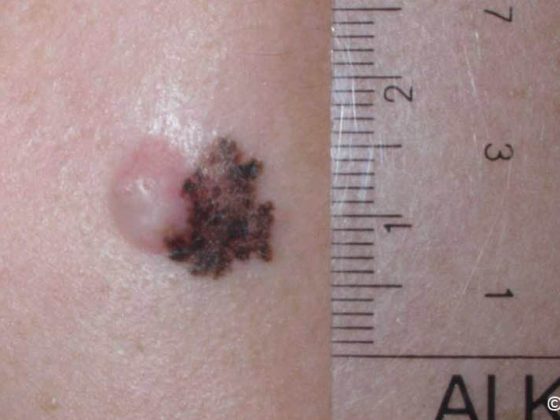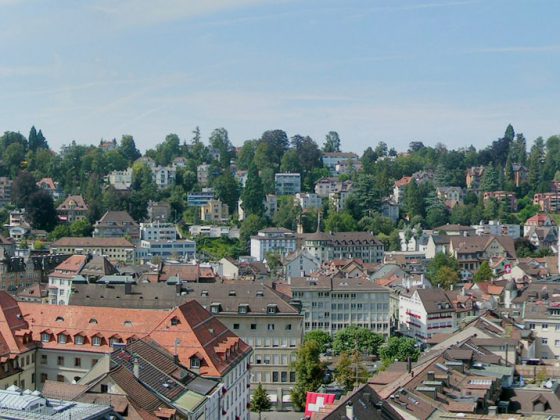The majority of the approximately 70,000 accidents suffered by older people at home or during leisure activities are due to falls, which can often have long-lasting consequences. Every third person over the age of 65 falls at least once a year, causing costs of CHF 1.4 billion per year.
However, due to the fear of losing their independence, many elderly people do not admit this and, on the contrary, try to prevent further falls by self-imposing restrictions on their range of motion. This initiates a vicious circle: less movement causes a decline in musculature and an increasing loss of reflexes – both of which further increase the risk of accidents. By becoming overcautious, such persons also withdraw socially with all the known harmful consequences for the psyche.
If the problem is tackled preventively directly in the home environment of those affected, it has been proven that the healthcare system can save a great deal of money and at the same time the quality of life of the elderly increases.
Prominent support
The Rheumatism League Switzerland is therefore placing 2015 under the theme of “Fall Prevention”. Heidi Maria Glössner, Peter Rothenbühler, and Stefan Gubser support the campaign. It is of great importance to bring the topic as broadly as possible into the public eye, since falls are not infrequently downplayed or even concealed. “Old age is not for cowards, it takes guts to say ‘Yes, I fell,'” says Peter Rothenbühler. The campaign’s initiators hope that by raising awareness of the fact that falls are very common in the elderly population, the shame and insecurity of dealing with falls will decrease.
Making the public aware of how to prevent falls
Statistics are one thing, but the other is the very personal consequences that falls have for those affected – physically and psychologically. Not only elderly people, but also relatives should therefore be better informed about the problem of falls.
An important point is education and orientation about sensible possibilities for action and prevention in one’s own home: bundle cables, mark steps, light the room brightly, avoid unfavorable slippers, etc. In addition to these more external factors, rheumatic diseases such as chronic back pain, rheumatoid arthritis or arthrosis of the knee joint, but also visual disturbances play an important role in unsteady gait. Osteoporosis, in turn, increases the damage of a fall (quickly a rather light fall becomes a femoral neck fracture).
For fall counseling, representatives of the Swiss Rheumatism League visit the homes of those affected, assess the risk of falling and show on-site where there is potential for improvement. In addition to the measures mentioned above, this also includes coordination, balance, mobility and muscle exercises, which are carried out at home or in Rheumaliga courses.
Until September 2015, fall prevention will be offered in German-speaking Switzerland, and from then on also in French-speaking Switzerland and Ticino.
Source: Media release from 21.4.2015











